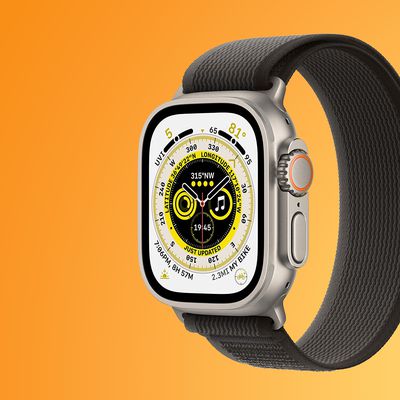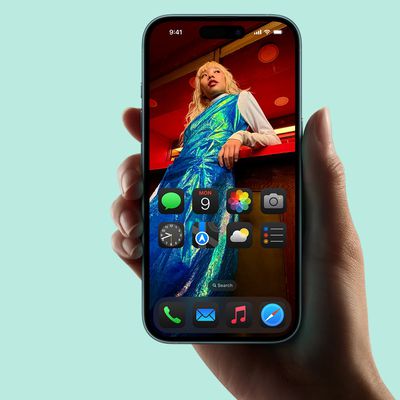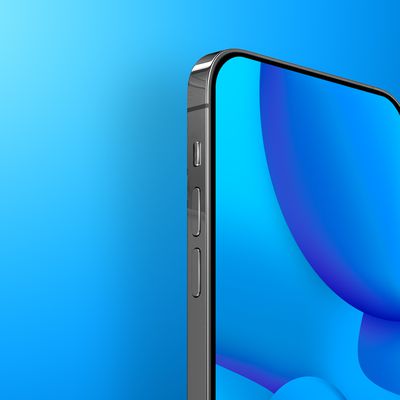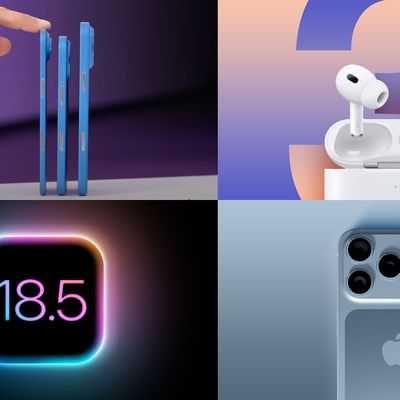Well, my copy of the MacOS X Public Beta was waiting for me
when I got home from work, and I wasted no time
installing it. I must say, the install process went as
smooth as glass, and the OS itself has indeed evolved
since DP4, released earlier this summer. It's
faster, Aqua is more refined, the bundled
tools & utils are more solid, and it just definitely
feels like an OS you'd be pleased to deal with on
a day-to-day. There were no major (or unexpected,
anyway) issues to the install on my dual-headed blue&
white G3 400 -- but let me list a few things that would
be of note to someone with a config like mine...
- My blue&white G3 400 has two monitors: an Apple
Studio Display 17" tied to the OEM Rage 128 (rev. A)
sitting in my PCI-66 slot, and a Nokia 447Xi 17"
hanging off a 4MB ATI Rage Pro board. Thought I've
heard talk on the usenet of people needing to
disconnect one monitor or the other during install to get
both monitors working, I did not find this to be the
case. I just started the install with both screens
connected and powered on, and MacOS X remembered
their orientation as set in OS 9, and they both are fully
recognized by the system. (Though, strangely, both
were set to 1600x1200 @ 60Hz by the system during
the install...an oddly high-res mode for an install, but
hey...easy enough to throw back down to 1152x870
when I got up and running.)
- My Initio Miles UltraWide SCSI
controller (PCI-33) is not recognized by MacOS X, which
is unfortunate as I've got about 16GB hanging off that
crazy-fast interface card (10GB of which is a 10,000
RPM Cheetah). But, without drivers, this was not a
surprise. However Initio tells me that within the
next 2 weeks there should be MacOS X PB drivers for
the board placed on their site for user download. It's worth
pointing out that when drivers do become
available, the performance of the UltraWide SCSI
system should really shine as the overall
demands that a Unix-based, pre-emptive multitasking
system with robust VM places on a drive system are
much greater than that which a much more simplistic
OS, such as MacOS 9, requires. The bus-mastering,
nill-CPU-intervention access characteristics of a nice
SCSI system will definitely make that OS feel like
lightning. (I first witnessed this on the 486 66 system I
purchased to run NeXTSTEP for Intel (v3.2) where my
ISA-based SCSI II board (from DPT) let me run rings
around a friend's machine which had a VLB (several
times the bandwidth of ISA architecture) EIDE
controller.)
- Related to the above item, as a result of my inability
to get at my other drives, I am unable to test the OS 9
"Classic" environment, and will likely wait for those
SCSI drivers from Initio before futzing around with this
or that to set up a new OS 9 install on my UltraATA/33
drive just for testing purposes. A functioning "Classic"
environment, able to run as-yet unCarbonized apps,
etc. is a prerequisite to my switching over to MacOS X
PB fulltime (which is what I'm hoping to be able to do). I
do hear good things about Classic though, so I'm fairly
confident.
- Particularly satisfying was clicking a few checkboxes and then going to another machine on my LAN and hitting my MacOS X box via telnet, FTP, and the web. That's right -- Apache all the way! Anyway -- you gotta love this...
[solinari:~] blake% telnet 192.168.1.100
Trying 192.168.1.100...
Connected to 192.168.1.100.
Escape character is '^]'.
Darwin/BSD (solinari) (ttyp2)
login: blake
Password:
Welcome to Darwin!
[solinari:~] blake% - Oh -- and though I've not had it for 24 hours...it's not
crashed on me yet! Seriously though--it, and DP4
before it, feel very stable. This, of course, is no
surprise, looking at the underlying foundation. Mach/
BSD -- it's definitely a good place to be.
At any rate, I am ecstatic to have finally install this
incredible OS and it's clear that this really is a new
beginning for Apple. Power and elegance -- equal
servings that come together to make this the most
exciting thing I've seen out of Apple since...well...1984.




















